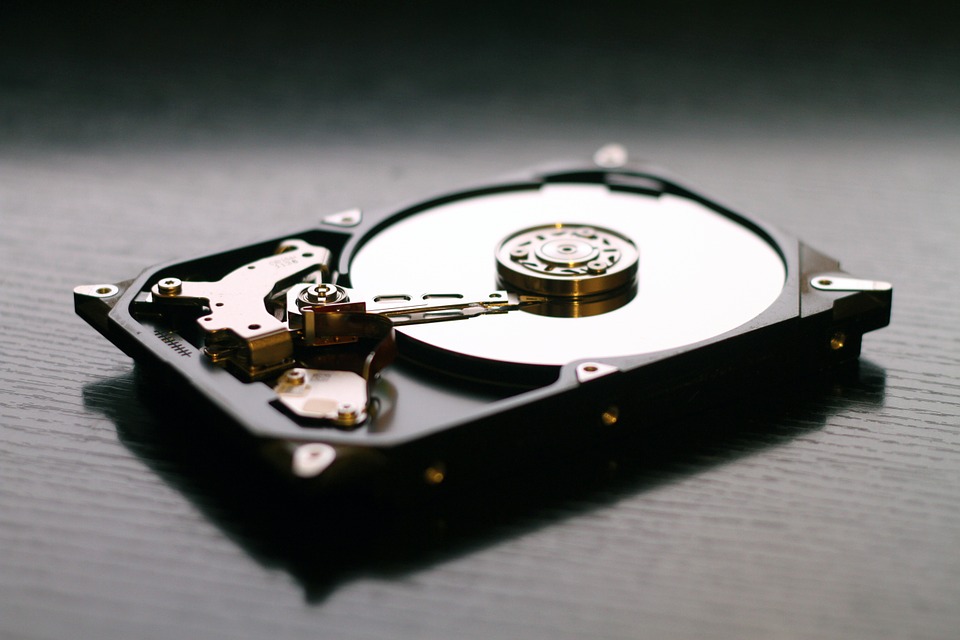With most of your electronic devices, a power surge or outage won’t do too much damage, if any at all. But while a power surge might leave you without a light for an hour, it could severely damage your hard drive, potentially making data recovery difficult and expensive.
There are several ways a hard disk drive or solid state drive can fail following a power outage or surge. A sudden loss or surge of electricity could short out your hard disk drive’s control board, which acts as an intermediary between the data stored on it and your machine. In devices that use flash storage, like solid state drives (SSDs), USB flash drives and SD cards, the PCB pulls data from the device’s NAND flash chips where it’s stored. In mechanical hard disk drives, the PCB has unique calibrations; in solid state drives, the PCB contains a controller that converts raw data from the NAND flash chips into data your computer can recognise. PCBs are incredibly vulnerable to power surges, and a surge lasting even a few nanoseconds can be enough to short a control board. With hard disk drives, you might find that it won’t power up, or that the platters spin and stop intermittently. With solid state drives and other flash-based devices, you won’t be able to access the data at all. As such, data recovery varies massively from device to device.
When you connect a hard drive, external hard drive, solid state drive, USB flash drive or SD card to your computer, they’ll all look the same – but inside the devices, there are vast technological differences. Data recovery can be achieved with varying degrees of success, depending on the device and the level of damage. With hard drives, it isn’t as simple as just taking any PCB and installing it – each hard drive has unique data stored within the ROM on the board. Replacing a short-circuited board involves sourcing a compatible donor board and soldering the ROM chip from the short-circuited drive onto it. This is an incredibly delicate operation, and our data recovery technicians always conduct physical data recovery work like this in a clean room environment.
Devices that use NAND flash chips, such as solid state drives (SSDs) and USB flash drives, have a slightly different data recovery process. The data stored on NAND flash chips looks nothing like the data stored on the platters found in hard disk drives. Data is taken from the chips and assembled by the PCB’s control chip into something recognisable; if the PCB fails, so does the control chip. Data recovery from an SSD that has suffered from an electrical surge involves removing the NAND chips and extracting the raw data stored on them. The raw data is essentially useless until it’s pieced back together, and our data recovery team use specialist software to emulate the drive’s controller chip to achieve this. Data recovery from a short-circuited USB flash drive is perhaps even more trickier due to the way they are designed. Because many USB flash drives bundle all of the internal components into a single chip – known as a monolithic USB flash drive – typically, data recovery involves soldering tiny wires to contact points on the device. This process, known as ‘spiderwebbing’, can be incredibly tricky. Our data recovery team use a state of the art tool called a Flash Spider Board, which removes the need to solder.
